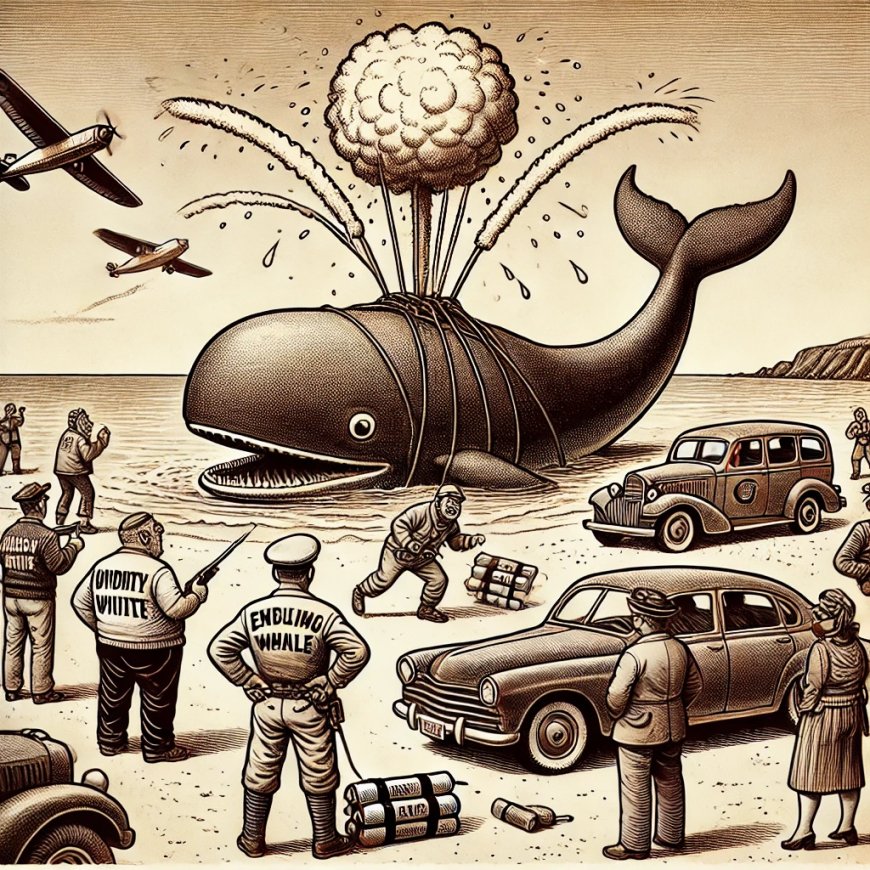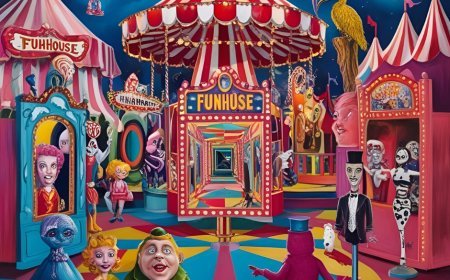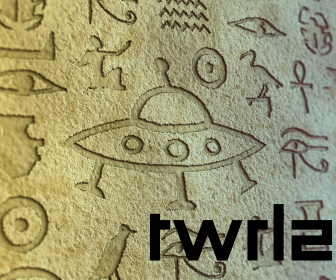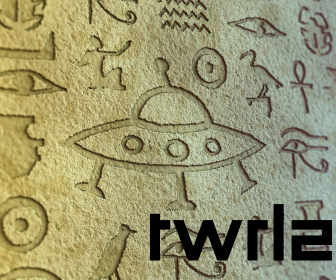The Exploding Whale of Oregon: When Dynamite Turned a Beached Whale into a Rain of Blubber
In 1937, Oregon officials used dynamite to dispose of a beached whale. The result? A horrifyingly hilarious rain of blubber that showered cars, homes, and bystanders. Discover the bizarre true story of America’s most explosive clean-up.

A Whale of a Problem
Nature can be majestic, inspiring, and… sometimes just downright inconvenient. In 1937, the coastal town of Florence, Oregon, faced one such “inconvenience” when a massive whale washed ashore. The colossal carcass, already starting to rot, quickly became more than a curiosity — it was a public health hazard. The smell was unbearable, the flies were relentless, and residents demanded something be done.
What happened next would cement itself as one of the strangest, most ridiculous, and most explosive cleanup operations in history.
The Brilliantly Bad Idea: Dynamite
City officials and highway engineers gathered to brainstorm solutions. How does one get rid of a whale that weighs more than a school bus? Hauling it back to sea seemed impossible. Burying it was impractical given its size. Burning it was dismissed. Then came the fateful decision: use dynamite.
The logic? Blow the whale into smaller pieces, let seagulls and crabs do the rest. Problem solved, right? Wrong. Very, very wrong.
November 12, 1937: The Day of Detonation
A crowd gathered along the beach to witness history. Families, reporters, curious bystanders — all eager to watch this unusual spectacle. The engineers buried half a ton of dynamite underneath the whale, assuring everyone it would scatter harmless chunks into the sea.
With a countdown and a boom, the plan was set into motion.
Raining Blubber: A Horrifying Hilarity
The explosion was deafening. For a brief moment, it looked like the plan might work. Then, suddenly, reality struck — or rather, reality fell from the sky.
Massive chunks of whale flesh, some as large as coffee tables, were launched hundreds of feet into the air. Instead of being carried to sea, they rained down on the horrified spectators, cars, and even nearby homes.
One enormous piece of blubber came crashing down directly onto a brand-new car, flattening it completely. Reporters wrote that people “ran for their lives, laughing and screaming all at once.” It was chaos — sticky, smelly, whale-fat chaos.
The Cleanup That Never Ended
Ironically, the explosion didn’t even solve the problem. Instead of eliminating the whale, it created thousands of smaller, rancid whale pieces scattered across the beach.
Seagulls, the supposed cleanup crew, wanted nothing to do with the burned, rubbery remains. The smell only got worse. In the end, bulldozers had to bury what was left. So much for the “brilliant” dynamite solution.
Eyewitness Madness
Survivors of the event later told reporters about the surreal scene. One described it as:
“It was like confetti at a parade, except the confetti was whale guts, and the smell was unbearable.”
Another noted:
“The ground shook, and then it was like the heavens opened and decided to rain blubber upon us.”
The disaster instantly became local legend, whispered with both pride and embarrassment by Oregonians.
A Media Sensation
News of the exploding whale spread quickly across the country. Newspapers ran sensational headlines, and radio hosts chuckled over the absurdity. Years later, the story gained new life when it resurfaced in documentaries, late-night comedy shows, and even internet meme culture.
To this day, “the exploding whale” is a shorthand phrase for spectacularly bad ideas.
Lessons in Explosive Failure
The whale fiasco wasn’t just funny; it highlighted a bigger truth about human problem-solving: sometimes we overcomplicate solutions with disastrous results.
Instead of simply burying the whale whole, officials tried to use spectacle and dynamite — creating one of the greatest fails of 20th-century municipal planning.
Weird Facts You Didn’t Know
-
The explosion was heard nearly 30 miles away.
-
Locals reported finding whale bits weeks later.
-
The car destroyed by blubber had just been purchased the previous week.
-
Engineers admitted afterward that they “miscalculated the physics.”
-
To this day, Florence holds the reputation as “the town that blew up a whale.”
The Sticky (and Stinky) Legacy
While tragic accidents are often remembered with sorrow, the exploding whale of 1937 is remembered with a bizarre mix of laughter, disbelief, and secondhand embarrassment. It remains one of the most famous “weird news” stories of the last century — proof that sometimes, fact really is stranger (and grosser) than fiction.
So next time you face a big problem, remember Oregon’s mistake: dynamite doesn’t solve everything. Sometimes it just makes it rain blubber.
What's Your Reaction?








































